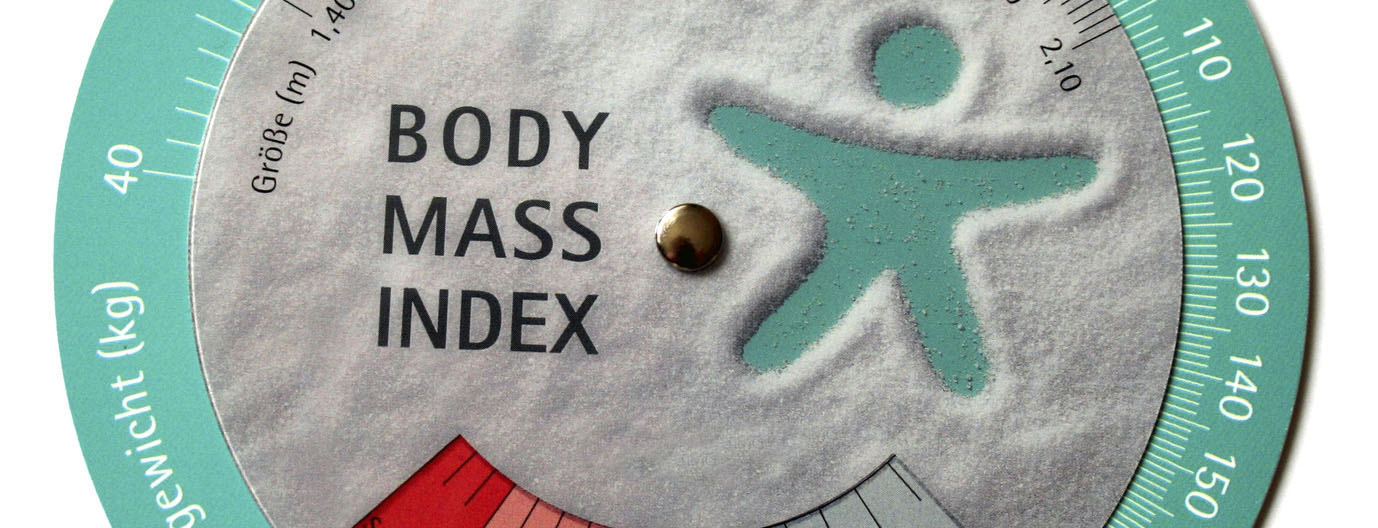Previously, when epidemiological studies examined the association between obesity and colorectal neoplasia, body mass index (BMI) and abdominal circumference were usually used. These two parameters do not distinguish between visceral and subcutaneous adipose fat, which could be problematic because visceral adipose tissue in particular is considered to be mainly responsible for hormonal and metabolic disturbances and colorectal carcinogenesis.
A study has appeared in the Annals of Oncology examining the association between visceral adipose tissue and colorectal adenomas [1]. Does this tissue have value as an independent risk factor in addition to BMI, abdominal circumference, and subcutaneous fat?
The question was addressed with a meta-analysis that included twelve observational studies (i.e., case-control studies, cohort studies, or cross-sectional studies). All addressed the relationship between visceral fat and adenomas. From this, the authors now calculated the odds ratio.
Clear connection shown
Overall, it was found that each 25 cm2 increase in visceral adipose tissue volume increased the risk of colorectal adenomas by 13% (OR 1.13, 95%CI 1.05-1.21; 6 studies; 2776 cases). A remarkable 98% increase in risk was found when the volume of 150 cm2 was contrasted with that of 30 cm2 (1.98, 95%CI 1.75-2.24). The positive association between visceral adipose tissue and adenomas remained significant even when BMI, abdominal circumference, and subcutaneous fat were included in the calculation. Conversely, visceral tissue as a mediator was shown to substantially attenuate the association between the remaining three factors and adenomas.
Also of interest, across the studies examined, the association between visceral adipose tissue and advanced adenomas was significantly stronger than the association with non-advanced forms.
Determine BMI and abdominal circumference
The authors conclude that visceral tissue may be the key mediator explaining the observed association between BMI, abdominal girth, and adenomas. If one nevertheless wishes to use these factors in clinical practice (direct assessment of visceral fat mass by CT or MRI, for example, is laborious and costly), both should be used because together they better reflect visceral adipose tissue and thus can identify those at increased risk for colorectal neoplasia.
Literature:
- Keum N, et al: Visceral Adiposity and Colorectal Adenomas: Dose-Response Meta-Analysis of Observational Studies. Ann Oncol 2014. doi: 10.1093/annonc/mdu563. First published online: December 5, 2014.
InFo ONCOLOGY & HEMATOLOGY 2015; 3(3-4): 2











